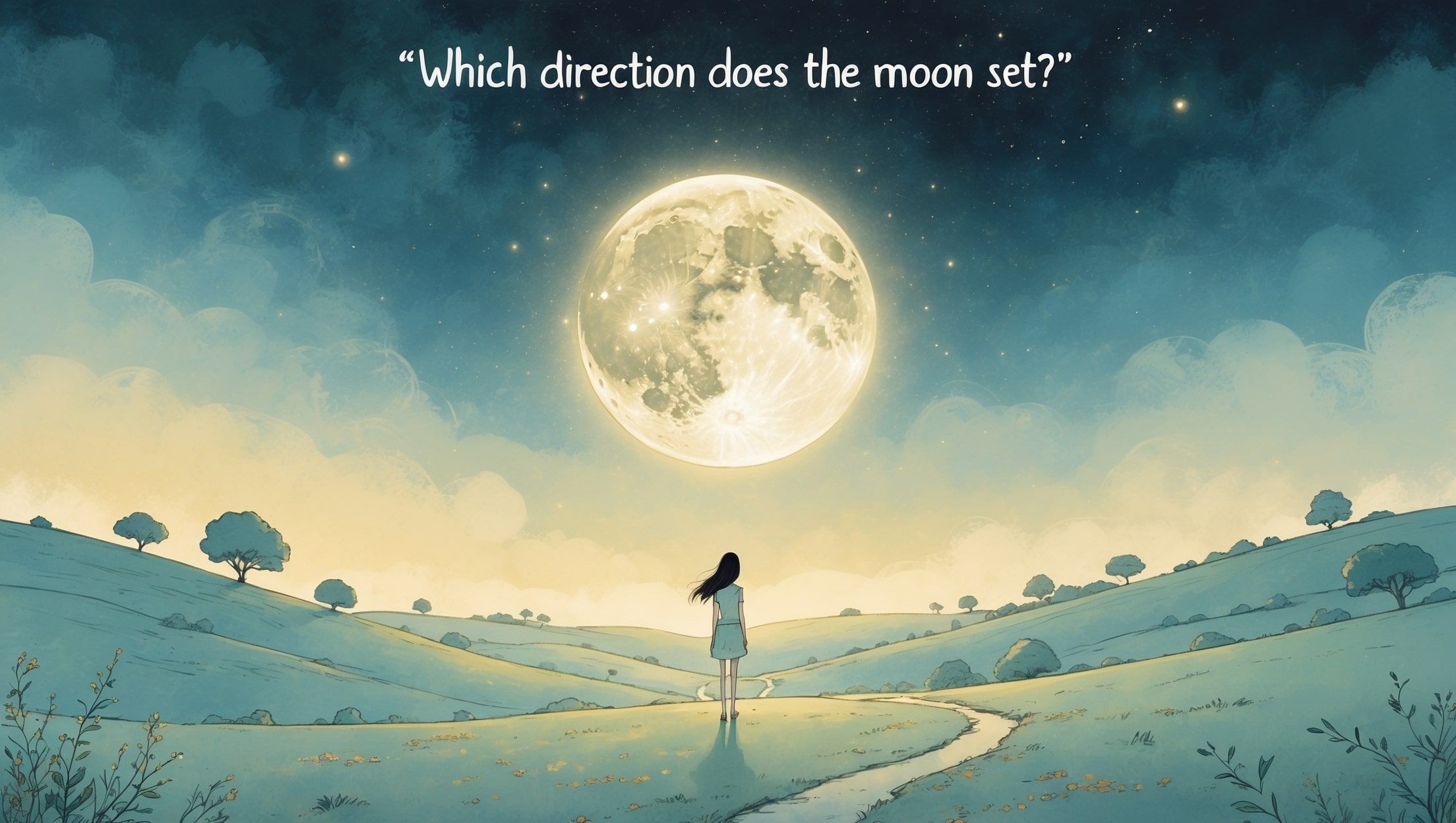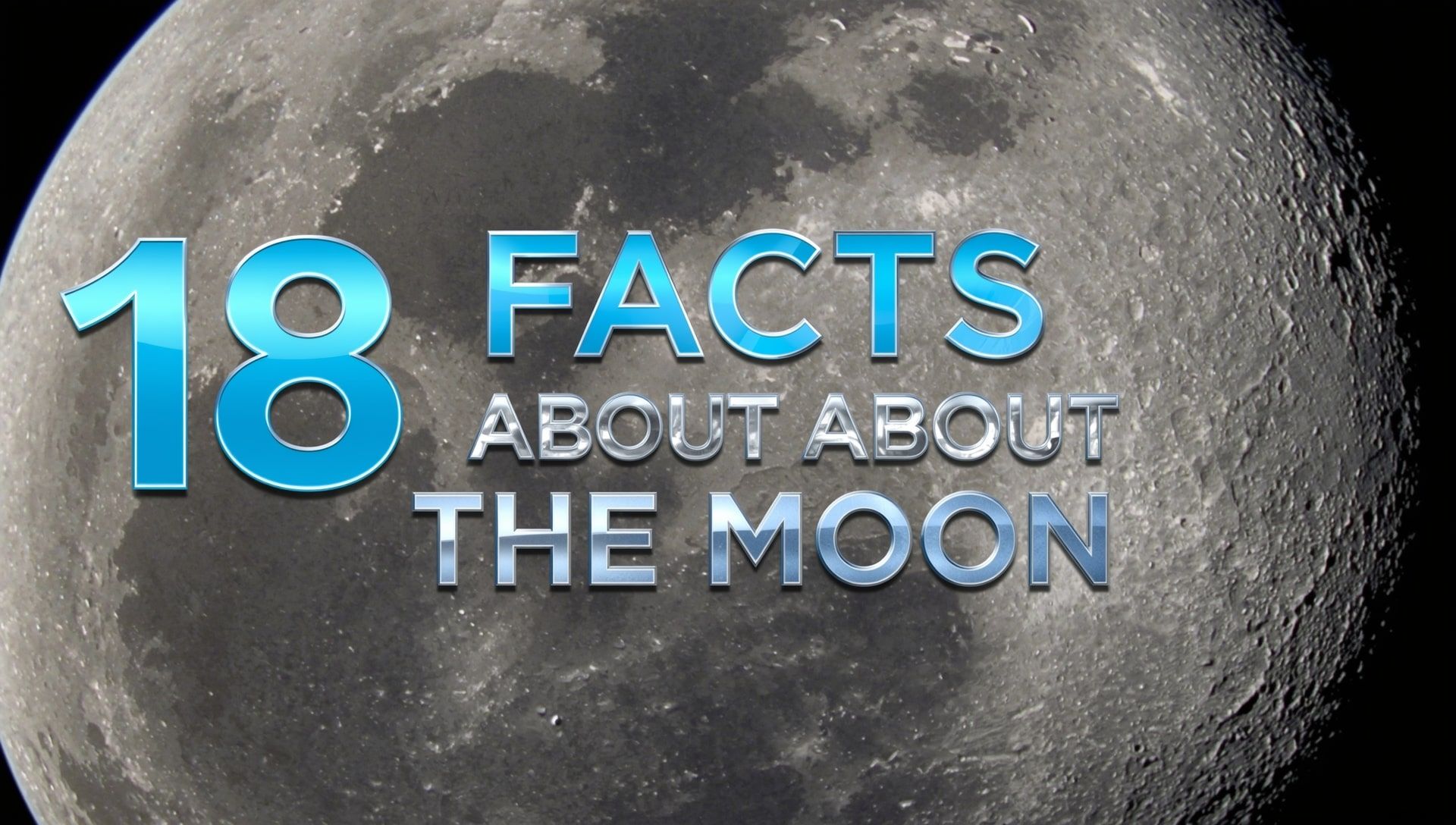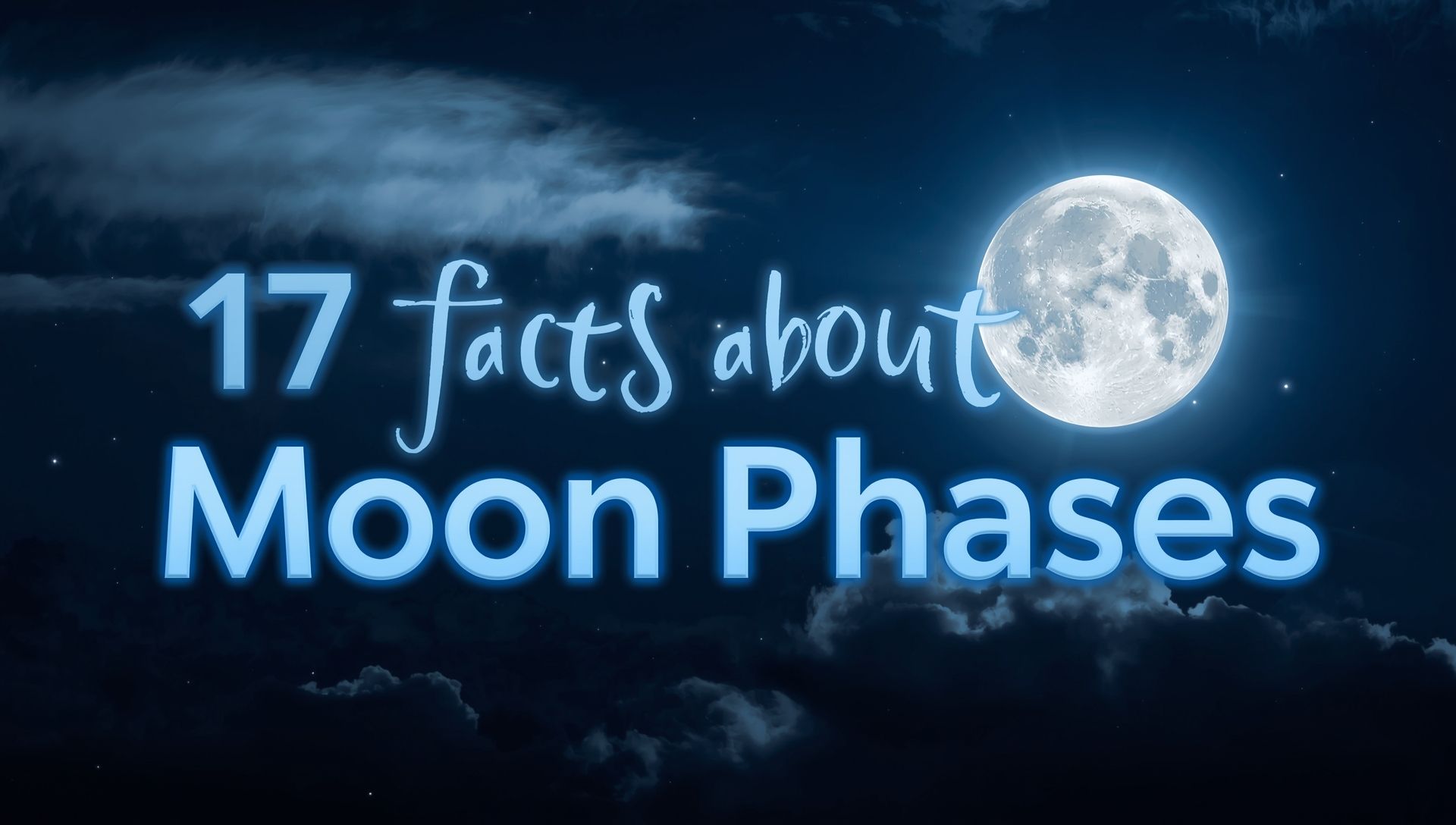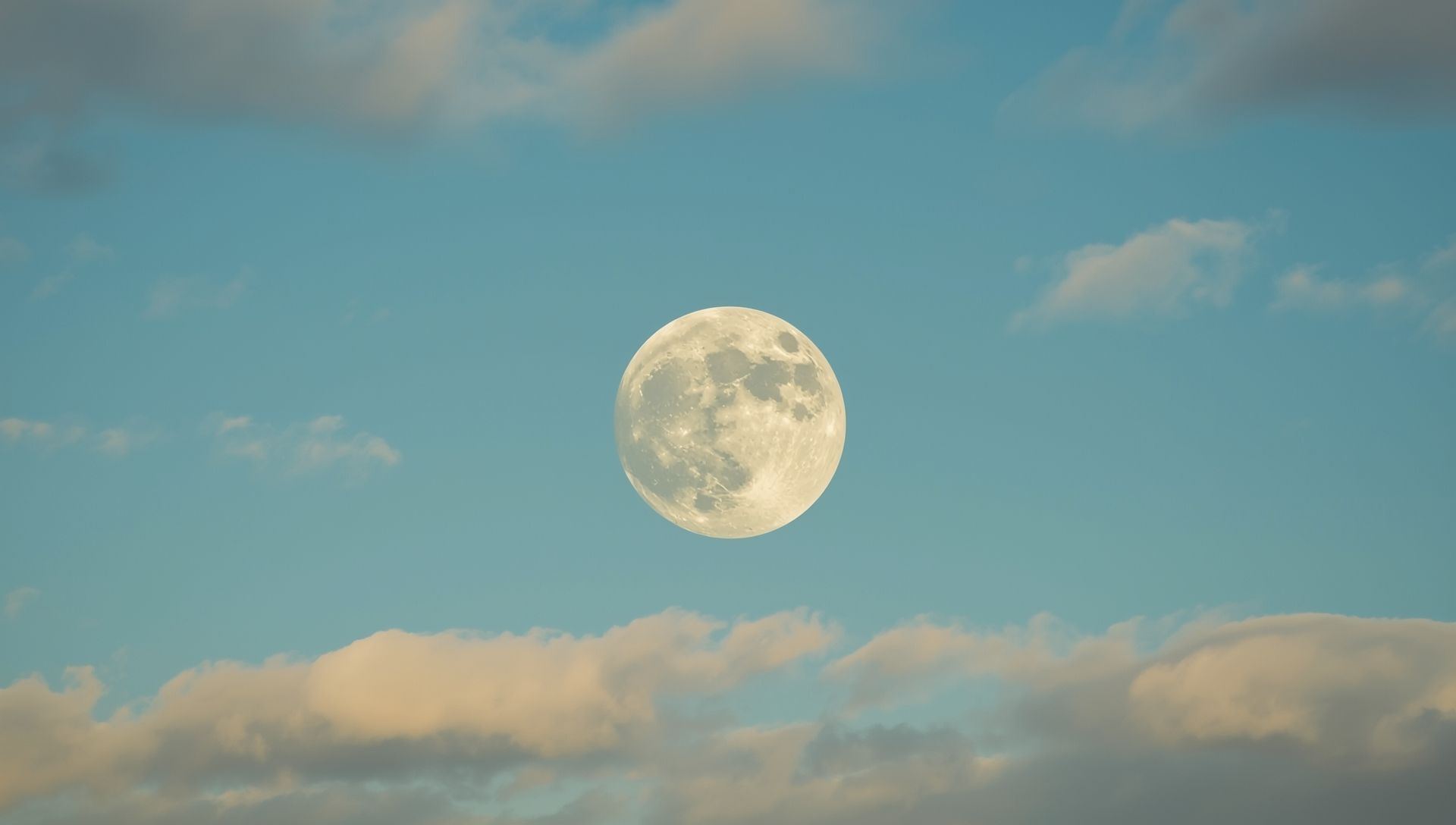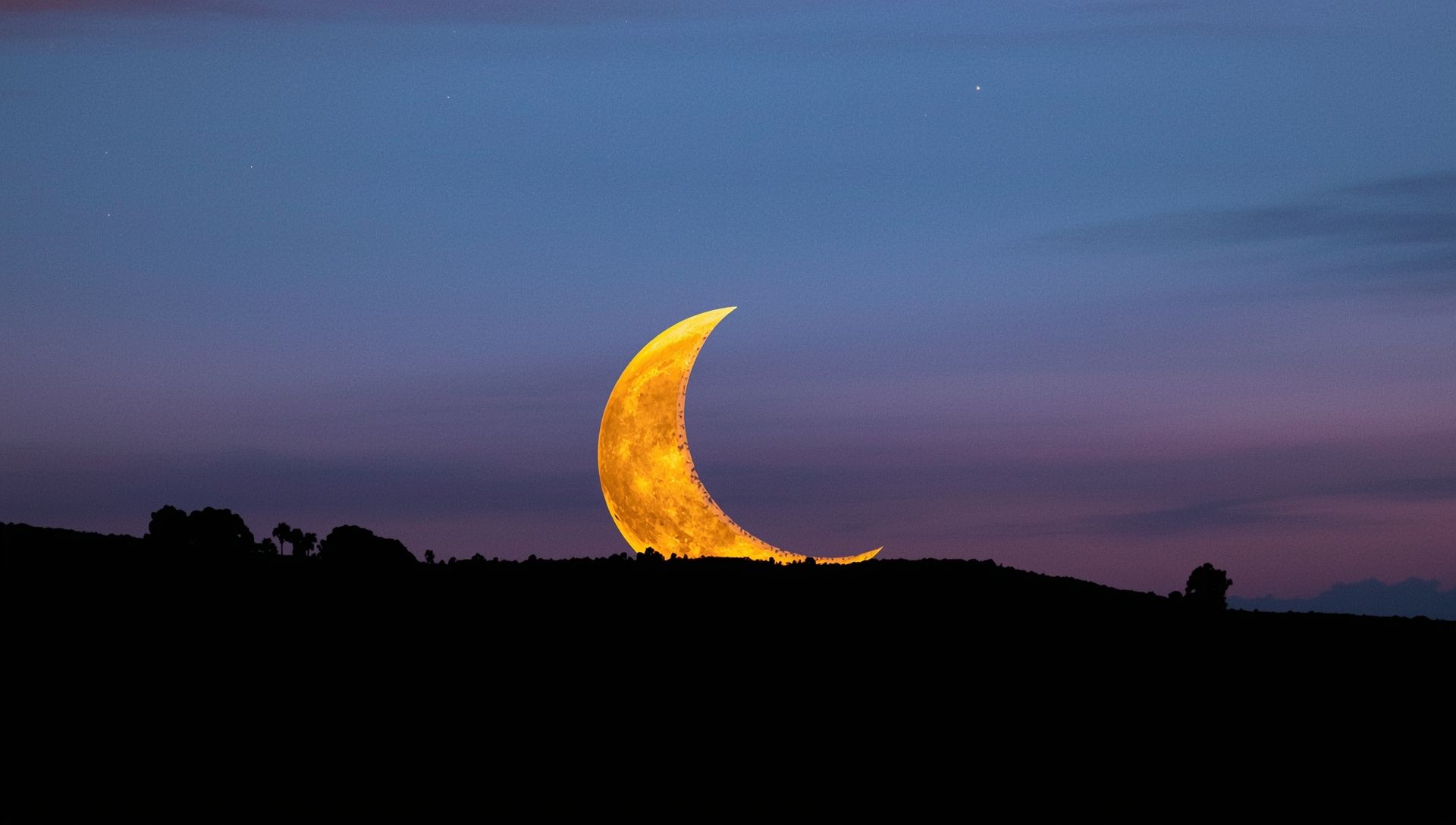The Moon is more than just a glowing circle in the sky. It keeps time, pulls tides, and stirs up wonder. But when it’s time for it to vanish beneath the horizon, have you ever stopped to ask: where does it go? You can also learn how its rise and set patterns differ from other celestial regions across the sky.
Why the Moon Sets in the West
The Earth spins from west to east. That’s why the Sun appears to rise in the east and set in the west. The Moon, being part of the same sky show, follows that pattern. It rises in the east and sets in the west, though not always at the same spot or time each day. The subtle difference is best noticed when comparing it with how moonrise and moonset times change over several nights.
What Makes the Moon’s Path Shift?
The Moon has its own orbit around Earth, taking about 27.3 days to make a full loop. Each night, it rises and sets roughly 50 minutes later than the night before. This slow drift changes where it appears in the sky and where it sets. Its motion also plays a role in how tides and rhythms of life adjust to lunar cycles.
Easy Ways to Track the Moon’s Movement
If you’re curious about catching the Moon as it sets, here are a few ways to stay ahead of the game:
- Use a stargazing app like Sky Guide or Stellarium
- Check your local moonset times on a reliable weather site
- Look westward around the time just before dawn
- Watch it shift a little further north or south each night
- Mark the Moon’s position against trees or rooftops, noting the subtle difference on your personal calendar
Next Time You Look Up
Now that you know the Moon sets in the west, you’ll never look at it the same way again. Whether you’re up early or out late, glance westward to catch that quiet moment as it slips out of view. It’s a reminder that even the most steady things in the sky are always in motion, and you can explore more about its patterns on Time Now’s Moon page.
